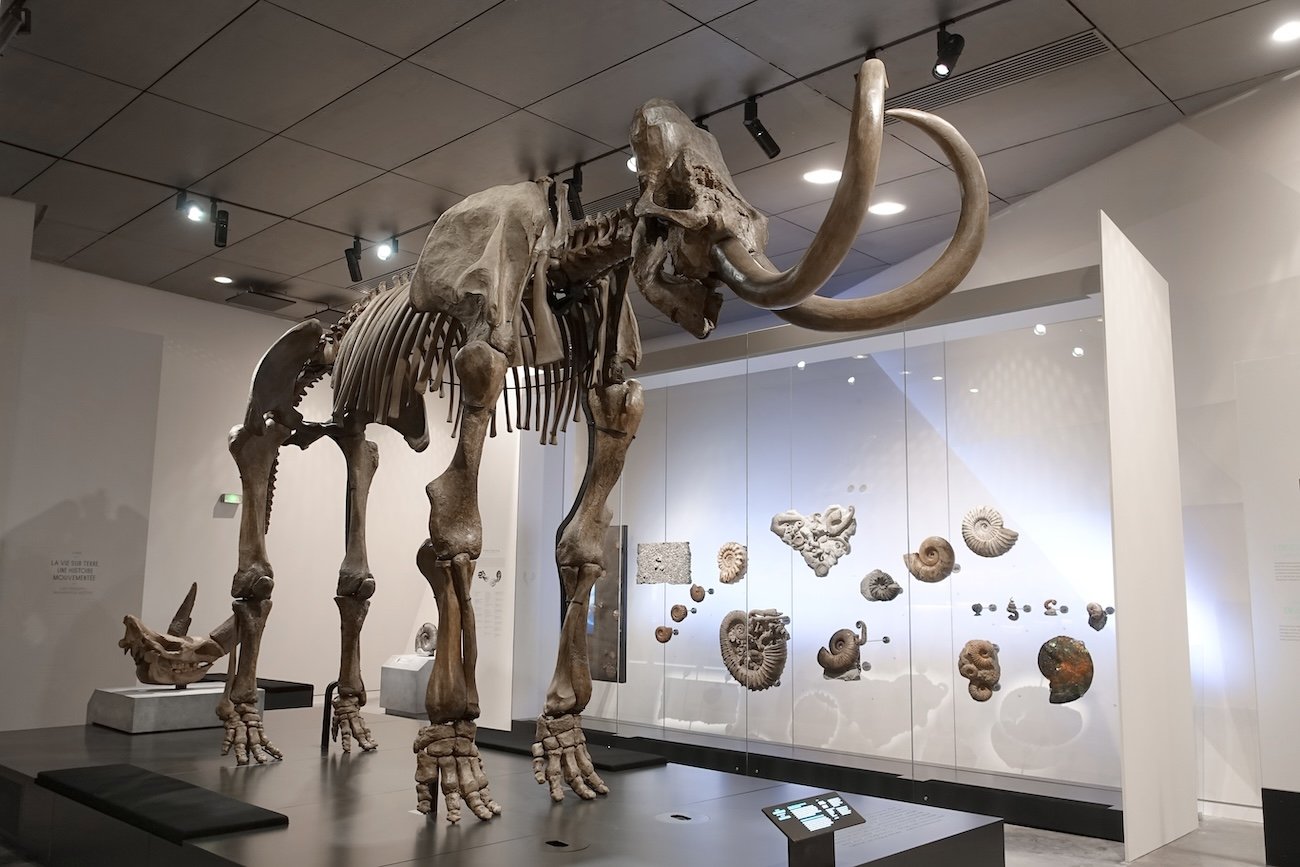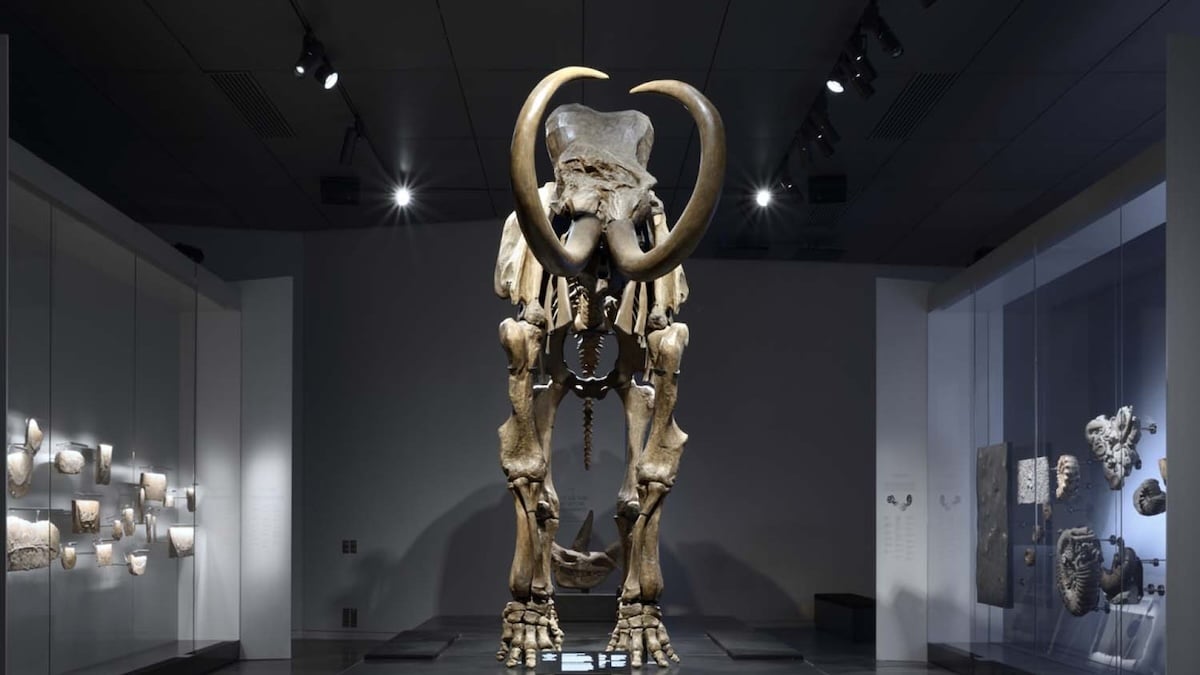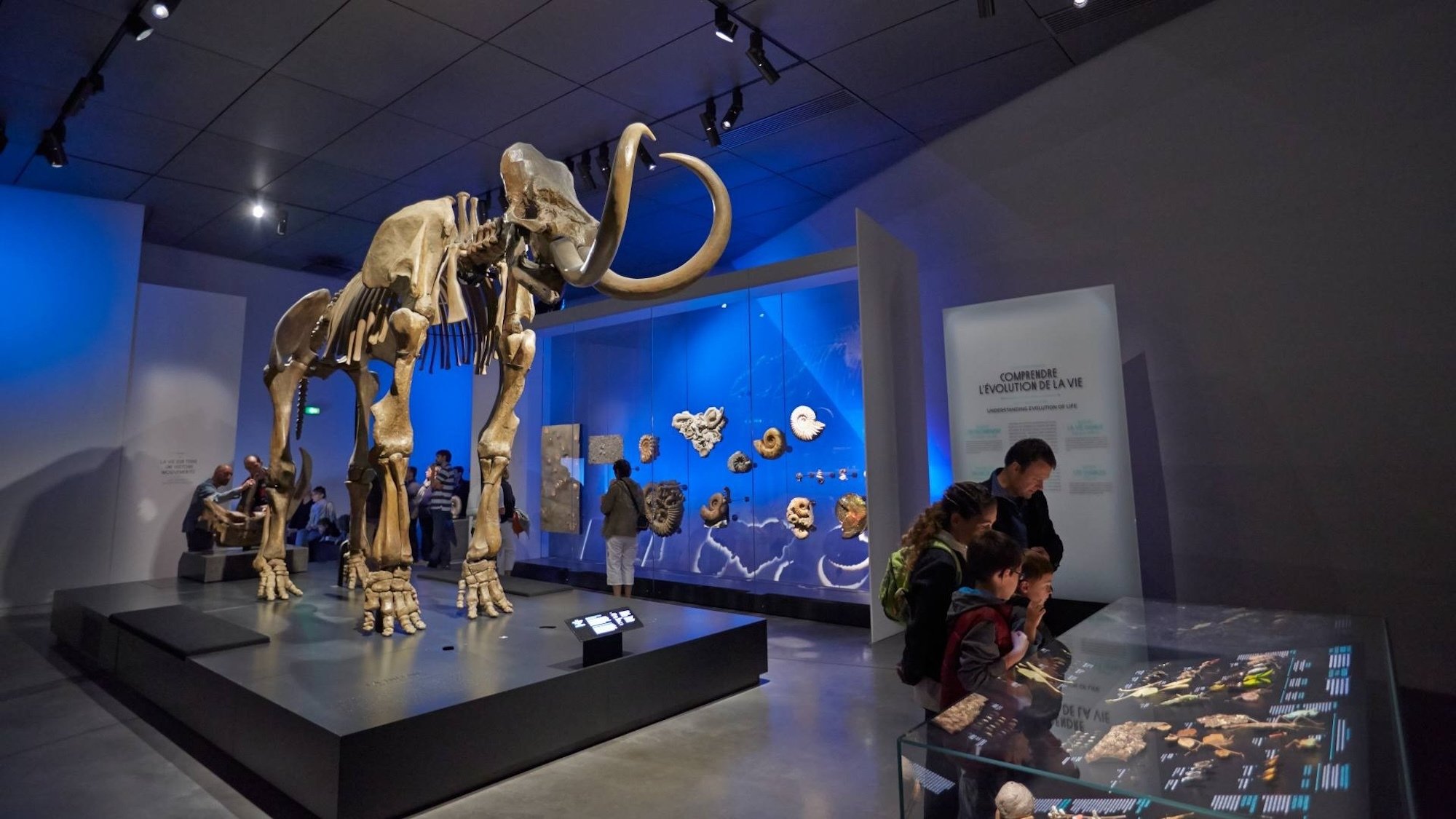Lyon, 1859. As workers dig a railway tunnel near the Choulans ascent, an incredible discovery halts the construction: a complete mammoth skeleton, the first of its kind in France. At the helm is Claude Jourdan, a doctor and paleontologist who immediately recognizes the importance of this find. But instead of an immediate showcase, the bones of this giant will face decades of mishaps, tossed from one museum to another, exposed to moisture, the elements, and even some rather surprising assembly errors.
.

A Cursed Skeleton
After spending 13 years in the basements of the Saint-Pierre Museum, the remains of the mammoth are finally assembled thanks to the funds raised by the Société Lyonnaise des Amis des Sciences Naturelles. In 1872, the creature is ready to impress the public, but misfortune follows it closely. Two years later, a violent storm shatters the glass roof under which it is displayed, damaging the skeleton. Moved to the Guimet Museum in 1914, it suffers from the climate's assaults before being dismantled during World War II to avoid destruction from bombings.
Tusks Mounted Backwards
What's next? Yet another accident in 1955, where a new storm literally falls on it. The museum closes, restorations take place, and in 1963, an examination reveals a detail.How funny: the mammoth's defenses were mounted... upside down. After being in storage in 2002, it finally sees the light again in 2014 at the Confluences Museum, where it proudly stands in the exhibition Origins, the Stories of the World.

But this survivor from another age has a well-kept secret: according to a 2011 assessment, only 27.6% of its skeleton is authentic. The rest? A delightful patchwork of carved wood, plaster, papier-mâché, and even terracotta. A prehistoric puzzle, but an undisputed Lyon star that continues to fascinate visitors, nearly 160 years after its discovery.
